Heel Pain
N.B. You should see your GP or podiatrist if you’ve had persistent heel pain for a number of weeks and it hasn't cleared up
Why do my heels hurt?
There are numerous different reasons why you could have pain in the heel.
Some of the most conditions and causes related to heel pain include Plantar Fasciitis, Heel Spur, Sever's Disease, Heel bump, Achilles Tendinopathy, Heel neuritis and Heel bursitis.[1]
Other Achilles tendon injuries such as Achilles tendonitis are another relatively common cause of heel pain but just because you have heel pain, it doesn't mean you have one of the conditions mentioned.

Although heel pain can be a symptom, it can also be the main problem. You can get painful heels from quite a few things, for example, high-impact activities like running can do a lot of damage to your feet.
Around 10% of runners reported heel pain, although this figure was similar for the general population. This is especially the case if you have the wrong footwear for your feet.
There are 3 main foot types; medium arched feet, flat feet and high arch feet.
Medium arched feet are known as 'normal' because around 60% of the population have this type of feet but the other two types are still quite common, making up the majority of the rest of the population (30-40%).
Flat feet and high arches are associated with supination and pronation-related issues due to the nature of these types of feet.
They can cause foot conditions like plantar fasciitis, the plantar fascia is directly related to heel pain.
This unfortunately means that a lot of people are wearing the wrong footwear and not wearing the right orthotics and insoles.
This can cause your heel pain because there are no corrective measures for the feet so supination or over-pronation are neglected which leads to you actually doing damage to your foot without knowing.
Age also generally has a big impact, heel pain was most common in 'active people' over the age of 40.

Causes of Heel Pain and Symptoms
N.B. Please don't attempt to self-diagnose yourself, you should always seek qualified medical guidance if you believe you have developed a medical condition/injury.
You should only see your GP or podiatrist if you’ve had persistent heel pain for a number of weeks and it hasn't cleared up
Here's some more information on the different symptoms related to heel pain and the conditions that have these symptoms.
- Sharp pain along the bottom part of your foot between the arch and heel that feels worse when you walk and better when you're resting - could be plantar fasciitis; the most common and notorious cause of heel pain.
- Pain in the ankle and calf and back of heel pain - this could be Achilles tendonitis although calf and ankle pain can also develop as a symptom of plantar fasciitis.
- Sudden sharp pain in the heel, a 'popping' sound during the injury, difficulty and pain associated with walking - this could be a fractured heel bone or a Ruptured Achilles Tendon.
- Swollen heel and redness, minor aching pain in the back of the heel - this could be heel bursitis.
How do I relieve heel pain?
The first thing you should address is your footwear, your shoes could be doing the damage or making your heel pain worse.
If you suspect you don't have 'normal' feet then it's important that you identify your foot type and then find some orthotics or insoles that will help to correct your foot mechanics.
Corrective insoles and orthotics aim to help to correct your feet so it'll be a good idea to get something with good arch support, deep heel cups and a lot of cushioning. This way you're properly addressing all the foot mechanics that can affect your heels.
Other products like heel cups, heel pads and pain relief products can also help you relieve pain and you can even put together a treatment schedule with the help of your podiatrist or medical professional.
This will help rehabilitate your heels and hopefully reduce the pain in the long term.

The most important thing for recovery and pain relief when it comes to the feet is rest. Rest is an integral part of injury management principles like the POLICE principle.
Another key part of injury management principles is anti-inflammatories, although this is a bit of a heated topic and you will usually be advised to avoid anti-inflammatories as much as possible because they slow down the healing process.
Regardless, Icing the painful area or using topical products can still provide well-needed relief and help to manage the pain
As is the case with most types of foot pain, stretching the feet and massaging the feet will actually provide the most therapy and relief for your heels.
Orthotic Insoles for Heel Pain

Footactive Casual Orthotic Insoles
Foot types and conditions: heel pain, heel spurs, plantar fasciitis, flat feet and fallen arches
These orthotic insoles are approved by the NHS. They are intended for use with slip-on shoes, lace-up shoes, more narrow shoes and shoes like sandals.
As noted above, they can be used to treat heel pain and arch pain as well as conditions related to these types of foot pain.
They have a supportive arch and deep stabilising heel cup which help to provide pain relief and cushion the feet.
These orthotic insoles even have a metatarsal pad and 'podflex' heel pad which are extremely important for your foot mechanics and the heel pad takes a lot of the impact associated with walking and running.

Footactive Comfort Orthotic Insoles
Foot types and conditions: heel pain, heel spurs, plantar fasciitis, flat feet and fallen arches
These are another, similar pair of insoles from Footactive that are also NHS approved and designed to help with heel pain and similar foot problems.
These are full-length orthotic insoles though so they will probably fit fewer types of shoes than the casual insoles.
As you can see from the infographic above, they have a cushioning heel pad and shock absorption for the ball of the foot.
As the name suggests, comfort is the priority with these insoles so all the features from the metatarsal support to the arch support are meant to make your feet more comfortable by giving them the right support and cushioning your feet.

Vasyli Hoke Orthotic Insoles
Foot types and conditions: High arches or feet that supinate, plantar fasciitis, heel pain
These orthotic insoles from Vasyli are designed for people with plantar fasciitis that is caused by high arches, so if your cause of heel pain is plantar fasciitis brought on by high arches then the insoles will hopefully help to relieve some stress off your feet.
The hoke orthotic insoles are intended for supination control and all Vasyli orthotics have the added benefit of being heat-moldable.
This means they will easily provide a custom fit that is personalised to meet the needs of your foot mechanics.
They have shock absorption in the heel pad to help take some of the impact from walking or running and they also include a set of heel lifts!

Vasyli McPoil Orthotic Insoles
Foot types and Conditions: Over-pronation and related conditions such as heel pain, plantar fasciitis and foot arch pain
The Vasyli McPoil tissue stress relief orthotics are also helpful for conditions like plantar fasciitis and heel pain because they have deep heel cups, proper arch support and maximum comfort.
Unlike the previous insoles, these are not designed for supinated feet or high arches, they are designed to provide pain relief for conditions associated with over-pronation.
As mentioned earlier, Vasyli orthotic insoles have a heat-moldable design which makes them perfect for a custom fit and they also have shock-absorbing heel pads
Heel Lifts, Heel Pads and Heel cushions

Heel pads are arguably the best thing for heel pain, especially cushioning heel cup pads that make use of gel because they have that extra bit of added comfort.
These heavy-duty heel cups provide relief from symptoms associated with heel bursitis, achillies tendonitis and plantar fasciitis.
They may also be used for general heel pain, shock absorption and in the treatment of heel fissures because they absorb the impact at heel strike.
The size of the heel cup will depend on your shoe size.
The gel pads can take a lot of impact and you will notice the difference when walking or going about your everyday activities.

These Heel pads are similar to the ones we've already recommended above and although they look alike, you might notice that the gel pad is in a different place.
This is because these are more for heel spurs but can still be used to treat general heel pain.
They are used for calcaneal heel spurs, plantar fasciitis, heel spurs and knee & back pain.
As mentioned earlier, gel heel pads are almost a necessity for heel pain because regardless of the cause of heel pain, they cushion your feet effectively and they provide that extra bit of comfort that will give you confidence in your heels back.

Tuli's heavy-duty heel cups are the toughest support for your heels.
Although not as comfortable as gel heel pads, these heel pads are more effective at shock absorption and redistributing the impact of activities like running or sports.
This makes them perfect for active people with heel pain which also go hand in hand so they're always good to have if you're an athlete or sports enthusiast.

These are the perfect combination of help pads and heel lifts, they are good for shock-absorption thanks to the heel cup that you can see from the under-side of the heel pad.
They also provide the heel with a well-needed lift if it's required.
They are available in 3 different sizes and are sold according to the shoe size because there is only one thickness.

If your heel pain is caused by a difference in the length of your legs then you'll likely need a heel lift to correct this problem if you wish to relieve the pain in your heels.
A heel lift can be placed under the orthotic or foot of the shorter leg.
These lifts are placed at the back and centre of an orthotic or directly into a shoe, extending forward.
They are available in 4mm and 8mm sizes and fit most adult shoes but if not then they can always be cut to fit the shoe better.

Vasyli also has additional pads and supports that you can add and remove to your insoles to make them more customisable.
This includes a wide range of heel lifts, including 4mm and 6mm options for different shoe sizes.
The rearfoot versus additions might also be relevant because this is usually associated with the heel due to it being a type of pronation.
This is not to be confused with heel varus which is due to supination of the foot.
Pain Relief Creams and Ice Packs
Last but certainly not least in terms of relief and easing your heel pain - pain relief solutions and ice packs.

Ice Pack
Perfect for when you're not at home or don't have a frozen ice pack handy and need an easy pain relief solution

Hot and Cold Pack
This is primarily for the ice pack function of the hot and cold pack, you can use the hot function but if you have inflammation such as bursitis or swelling around the heel then this is not typically recommended

Biofreeze - Pain relief cream
Biofreeze is a powerful cold therapy topical solution that you can use to rub onto your heel and other problem areas of your foot for instant relief.

Freeze Spray
Similar to the rest of the products already covered except of course in spray form which makes it even easier and quicker to apply.
Sources and References
Agyekum, E.K. and Ma, K. (2015). Heel pain: A systematic review. Chinese Journal of Traumatology, 18(03), pp.164-169.
NHS inform - Heel Pain
Foot types - Foot Education
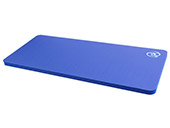

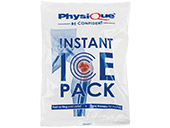
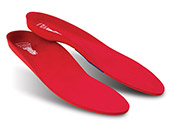
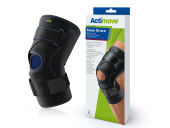
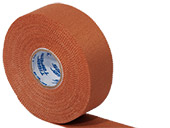
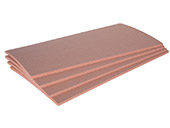
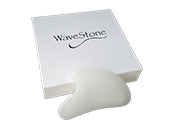
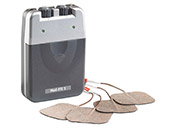
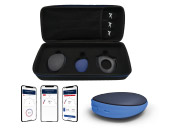
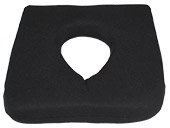
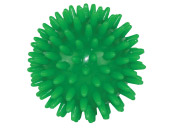
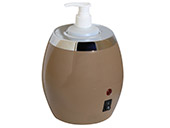


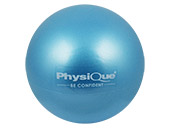
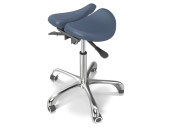
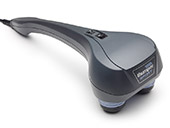
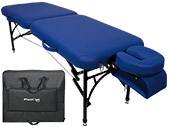
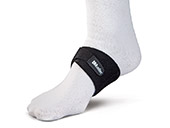
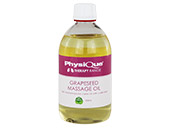
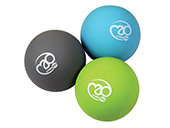
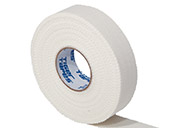
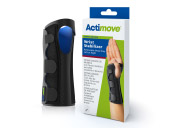
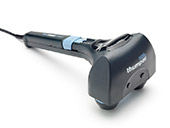
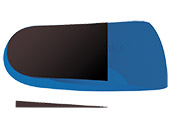
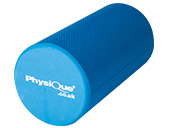
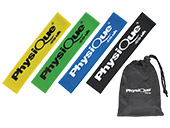
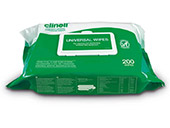
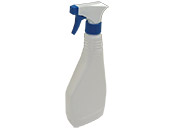
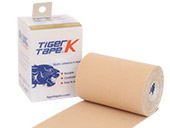
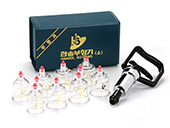
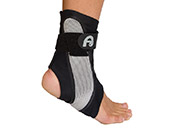
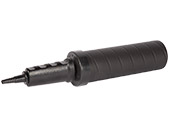
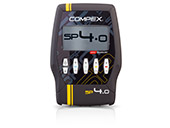
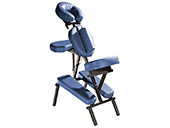
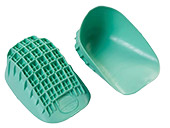

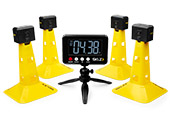
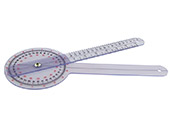
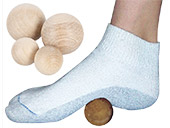
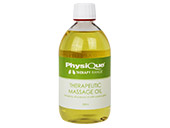
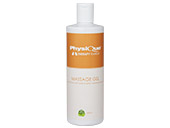
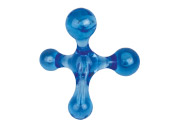
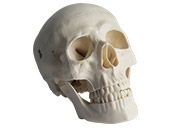
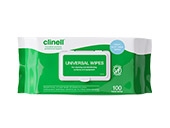
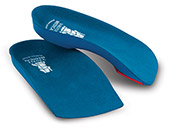
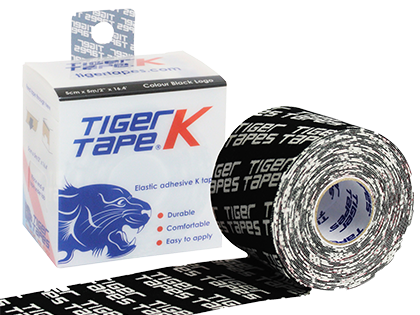
Did you find this article useful?
Why not share this with a colleague, patient or friend?